The Final Year Project was a very significant piece of work which commenced October 2011 through to May 2012. A general outline of the project can be understood from the dissertation’s abstract.
Project Abstract
With the number of applicants to British universities rising every year, thousands of prospective students attend open days to obtain more information about the available academic institutes and the courses available. Due to a number of circumstances, these students are sometimes unable to attend their desired university open day and currently there are only a few methods in which these students can obtain information without actually attending the universities themselves.
The following project is aimed to solve this problem by creating a virtual open day within a game level environment for the Nottingham Trent University. The virtual open day will be produced using the Source Engine and will be made playable via the top selling multi-platform ‘Half Life 2’ game. The Computing and Informatics Building (CIB) on the Clifton Campus will act as the focal area for the projects purposes, allowing students to explore and obtain university information from within the premises. Extensive research has been carried out, including over 100 reference photos of the building’s interior and exterior features. The open day has been modelled within the game level environment to its correct life size proportionate scale and its contents constructed using modelling manipulation software. The virtual open day provides the ability to explore the perimeter of the CIB and a large proportion of the ground floor. Over 100 textures and 40 customised models have been constructed to replicate the buildings appearance.
The open day was fully developed to its project planning specification and was supported by ongoing user feedback. Current students at the university agreed that there was a very close likeness between the virtual tours university construction and the real life building architecture. Further areas of improvement outside of the projects scope have been identified to potentially improve the effectiveness.
Please see my earlier blog posts for additional final year project information.
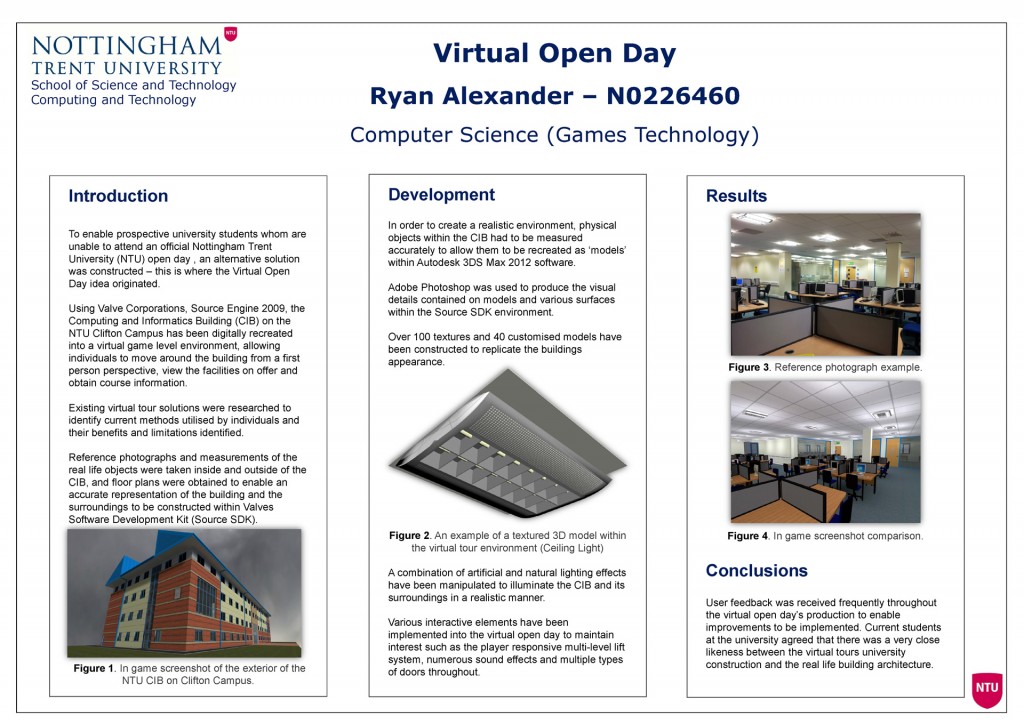
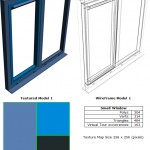
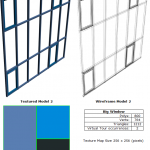

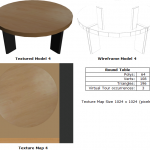
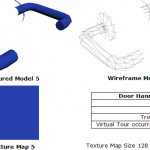
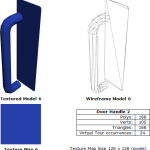
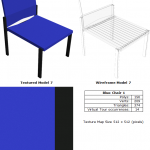
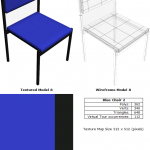
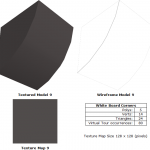
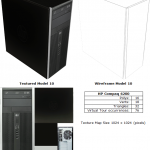
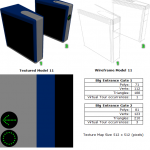
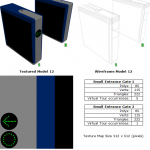

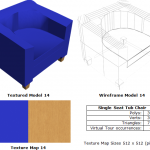
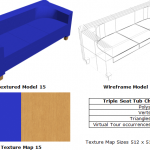
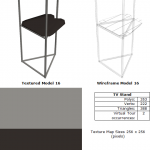
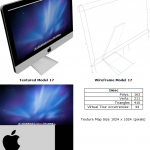
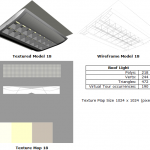
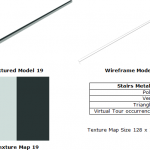

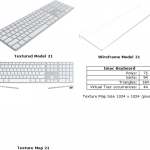

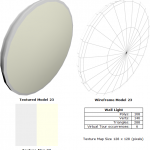
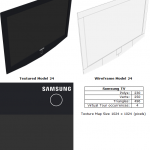
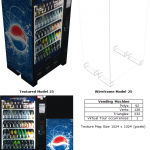
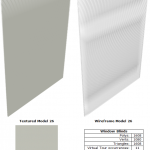
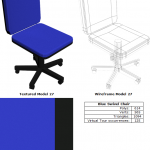
![University Building Exterior [Photograph]](http://ryan-alexander.co.uk/wp-content/uploads/2013/01/IMG_0516_edited-300x224.jpg)
![University Building Exterior [Ingame Screenshot]](http://ryan-alexander.co.uk/wp-content/uploads/2013/01/hl2-2012-04-17-01-33-59-182-300x224.png)
![University Building Exterior 2 [Photograph] University Building Exterior 2 [Photograph]](http://ryan-alexander.co.uk/wp-content/uploads/2013/01/IMG_0523_edited-300x224.jpg)
![University Building Exterior 2 [Ingame Screenshot] University Building Exterior 2 [Ingame Screenshot]](http://ryan-alexander.co.uk/wp-content/uploads/2013/01/hl2-2012-04-17-01-34-54-932-300x223.png)
![CIB Reception Area [Photograph] CIB Reception Area [Photograph]](http://ryan-alexander.co.uk/wp-content/uploads/2013/01/IMG_0639-300x224.jpg)
![CIB Reception Area [Ingame Screenshot] CIB Reception Area [Ingame Screenshot]](http://ryan-alexander.co.uk/wp-content/uploads/2013/01/hl2-2012-04-17-01-32-23-322-300x223.png)
![Entrance Corridor Area [Photograph] Entrance Corridor Area [Photograph]](http://ryan-alexander.co.uk/wp-content/uploads/2012/05/2011-12-09-17.59.00-225x300.jpg)
![Entrance Corridor Area [Ingame Screenshot] Entrance Corridor Area [Ingame Screenshot]](http://ryan-alexander.co.uk/wp-content/uploads/2012/05/hl2-2012-04-17-01-29-04-962-226x300.png)